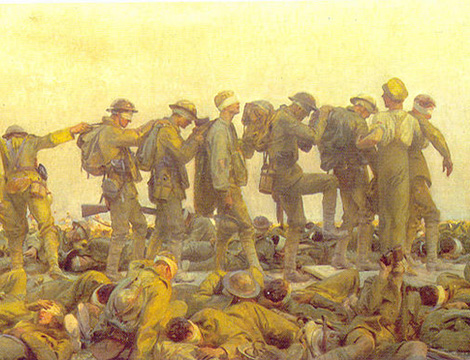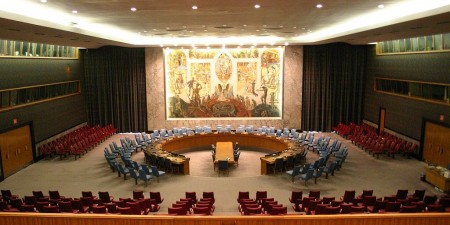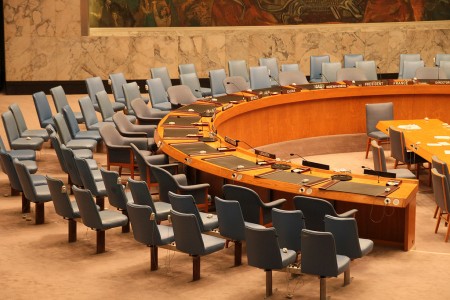
This article was originally published by IPI Global Observatory on 27 September 2016.
In May the UN Security Council adopted a wide-ranging resolution designed to protect health care in conflict. On September 28, under New Zealand’s leadership, it will have a briefing and consultation on the resolution, designated 2286, including consideration of the Secretary General’s extensive recommendations for its implementation.
Although Resolution 2286 was a welcomed landmark, the upcoming discussion of next steps challenges member states to take the strong actions needed to lessen the likelihood of attacks on hospitals and health workers and to impose severe consequences on perpetrators of such attacks. But the session represents more than that: After the paralysis the Security Council has exhibited in light of the horrific, relentless attack on an aid convey in Syria on September 20, the very credibility of the Council is at stake.




